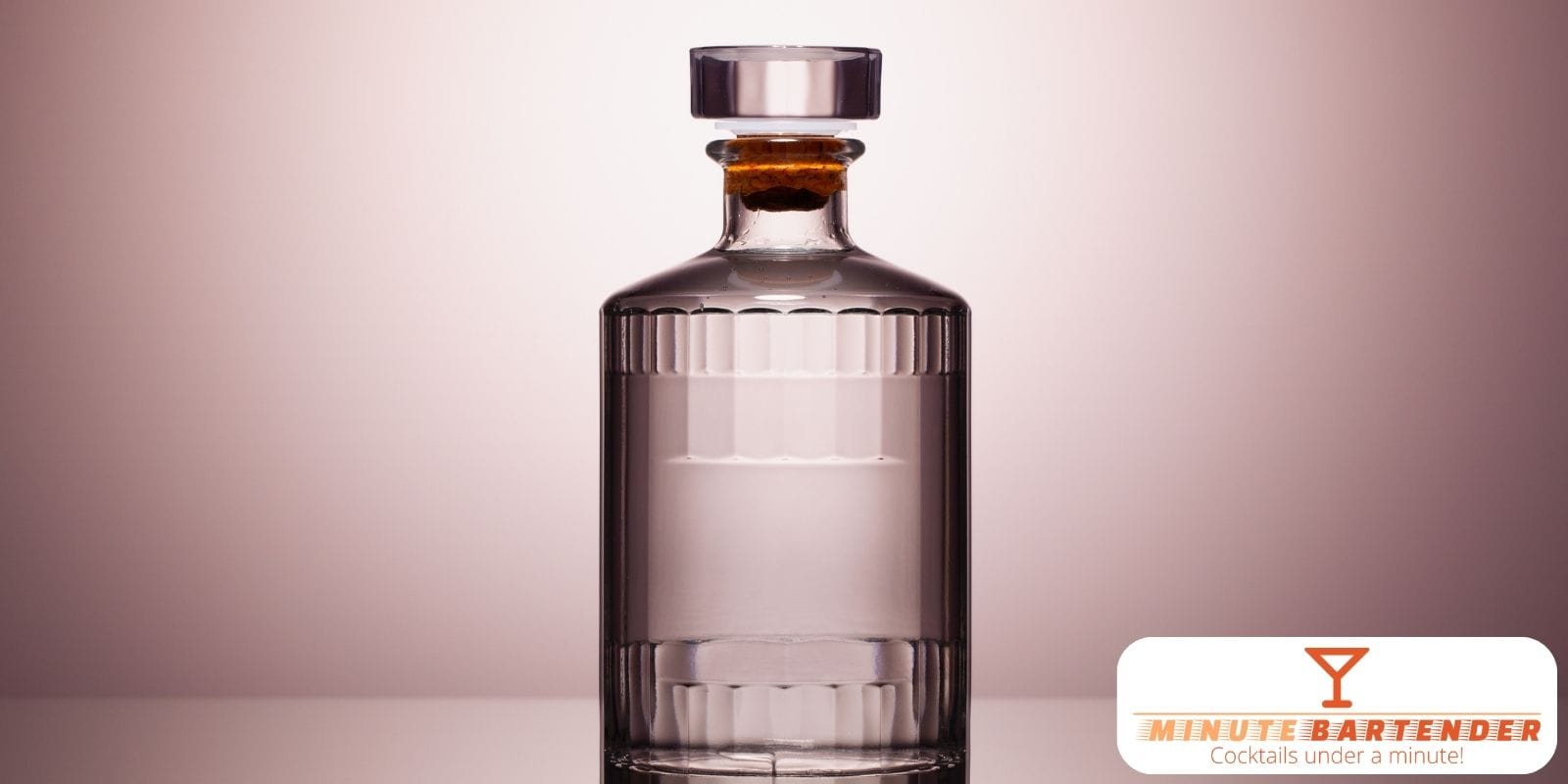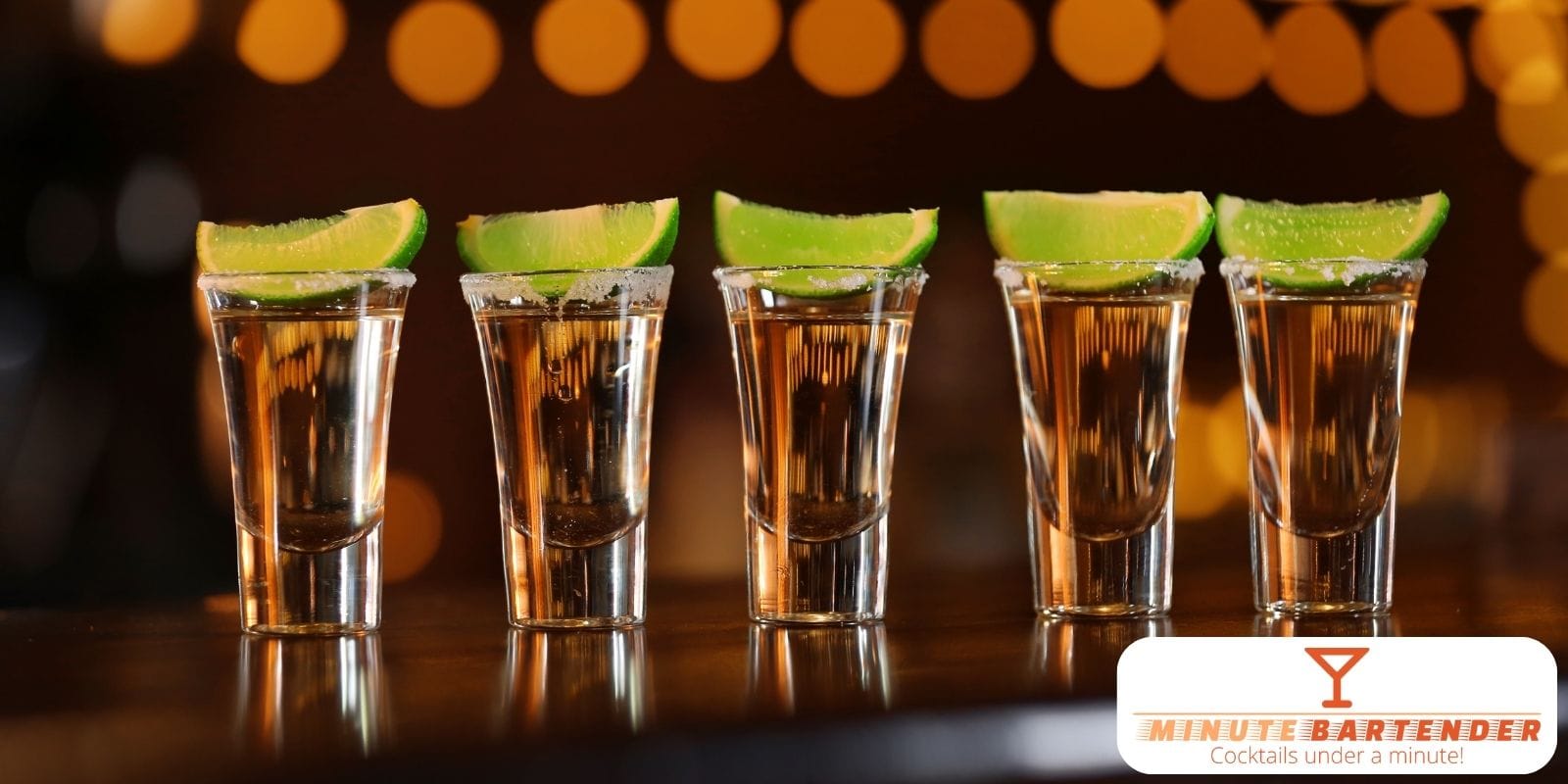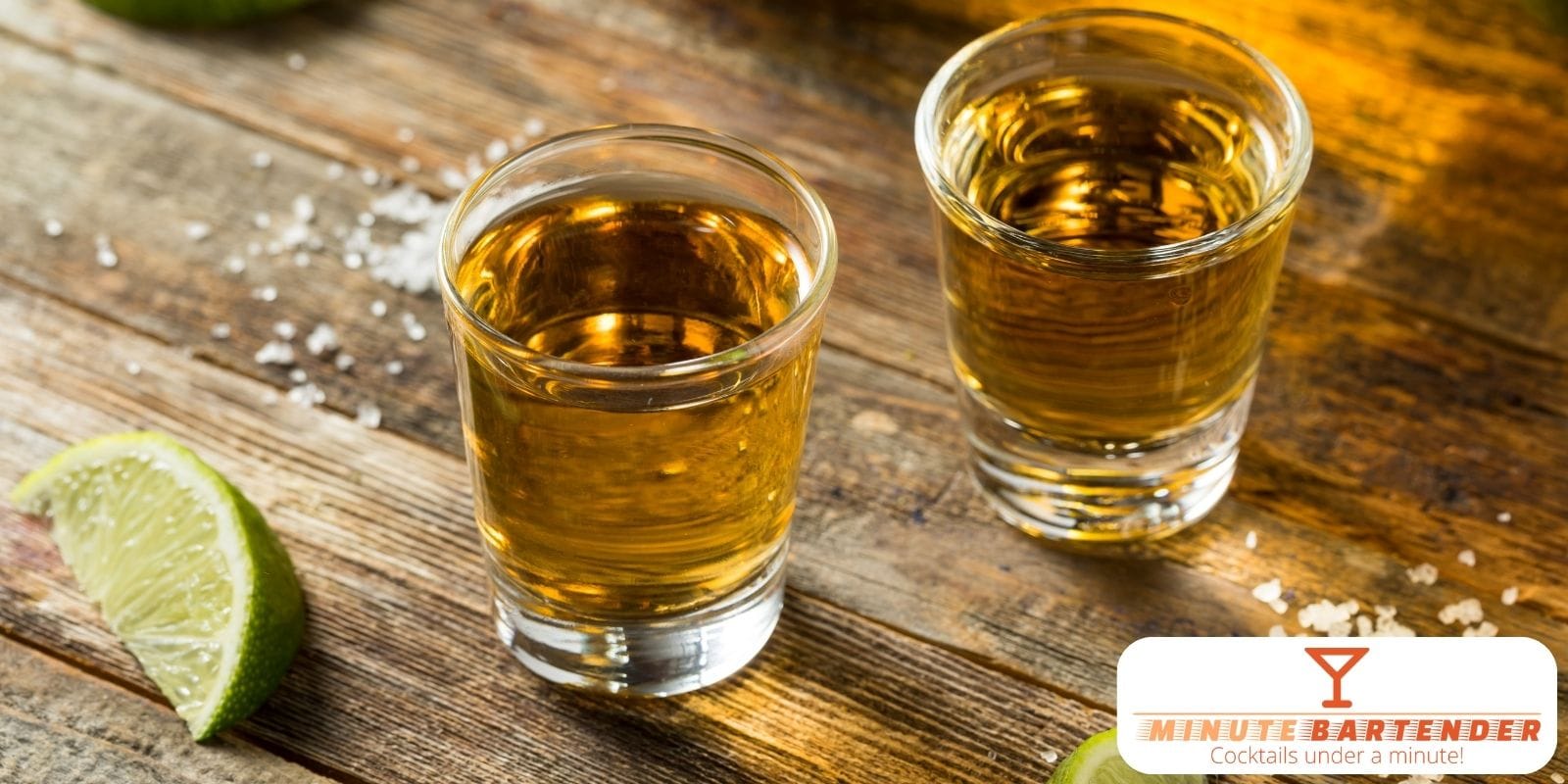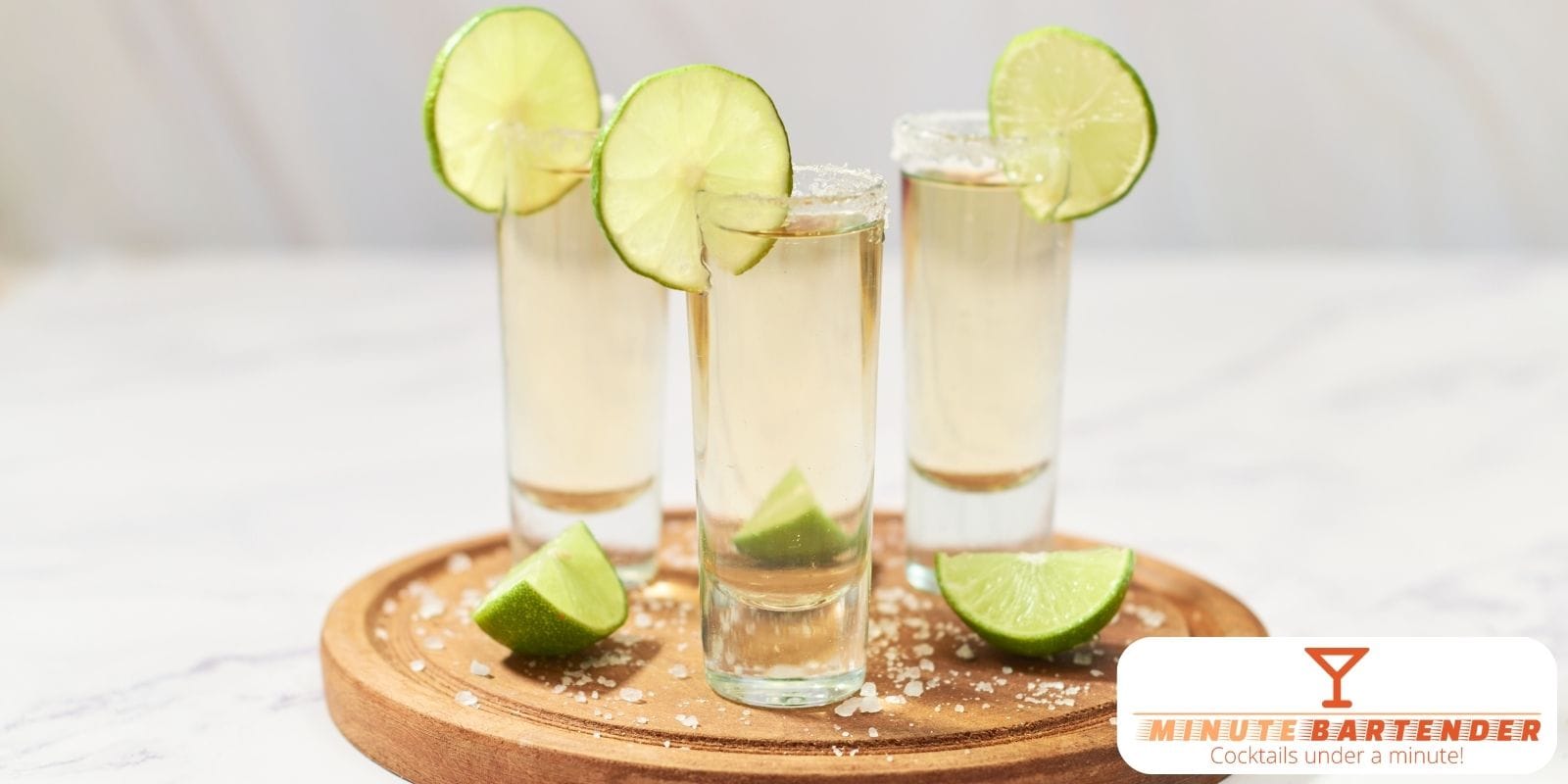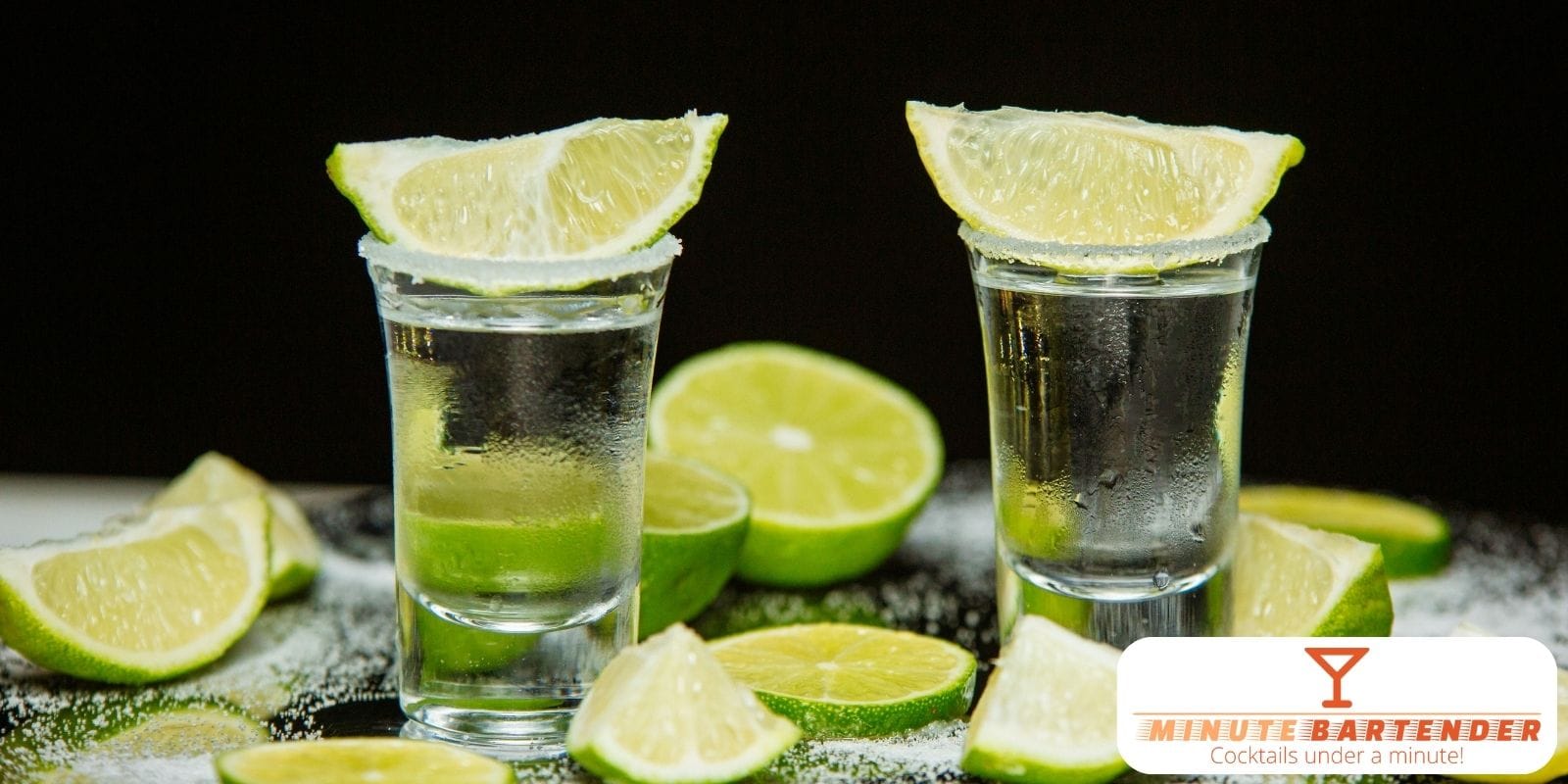London Dry gin represents the gold standard of gin production. This meticulously crafted spirit embodies centuries of tradition while maintaining its position as the backbone of cocktail culture. Unlike its name suggests, London Dry gin can be produced anywhere in the world. The term refers to a specific production method rather than geographical origin.
What makes this spirit special? Its production follows strict regulations that ensure purity and quality. Every botanical must be natural. Every flavor must come from the distillation process itself. The result? A clean, juniper-forward spirit that mixologists and home bartenders prize for its versatility.
London Dry Gin History
The story of gin begins in 17th century Holland with genever, a malted spirit flavored with juniper berries. When Dutch Prince William of Orange became King of England in 1688, he unknowingly set the stage for a gin revolution. English soldiers had discovered Dutch courage in the form of genever during military campaigns.
The early days brought chaos. By the 1720s, London faced a gin crisis. Unlicensed distillers produced dangerous spirits using crude methods. Street vendors sold gin from carts. Back-street producers added turpentine and sulfuric acid for flavor. The situation became so dire that death rates outstripped birth rates in London.
The Gin Acts of 1738 and 1751 began to restore order. These laws restricted production to licensed distillers and improved quality standards. By the 1760s, gin had found respectability among the middle and upper classes.
The invention of the column still in the 1820s revolutionized gin production. This technology enabled distillers to create neutral spirits of unprecedented purity. The cleaner base spirit allowed for more refined botanical expressions. This innovation gave birth to the London Dry style we know today.
Notable pioneers shaped the landscape. Alexander Gordon established his distillery in Bermondsey in 1769. Thomas Dakin built his operation in Warrington in 1760. These distillers set the foundation for brands that remain household names today.
London Dry Gin Taste Profile

The hallmark of London Dry gin is its bold juniper character. This botanical provides the piney, resinous backbone that defines the spirit. The juniper taste must be predominant according to EU regulations.
Classic botanicals create layers of complexity:
- Coriander seeds add warm, spicy notes
- Angelica root provides earthy depth
- Citrus peels bring brightness and zest
- Orris root acts as a natural fixative
- Cassia bark contributes cinnamon-like warmth
The production method creates a crisp, clean profile. No artificial flavors or colors can be added after distillation. Only water and minimal sweetening (less than 0.1 grams per liter) are permitted post-distillation. This restriction ensures the spirit’s purity.
Different brands showcase unique personalities within the London Dry framework. Some emphasize citrus notes. Others highlight floral elements. The botanical selection and distillation technique create these variations while maintaining the essential juniper-forward character.
Global London Dry Gin Traditions and Cultural Significance
London Dry gin transcends its British origins to become a global phenomenon. Each region brings unique interpretations while respecting traditional methods.
British distillers maintain the traditional approach. Scotland produces exceptional examples using local water sources. Distilleries like Sipsmith and Beefeater continue London’s heritage within the city itself.
European producers have embraced the style with enthusiasm. German distillers create complex expressions with dozens of botanicals. Spanish producers incorporate Mediterranean herbs and citrus. Dutch distillers honor their gin heritage while producing modern London Dry expressions.
American craft distillers have revolutionized the category. Small-batch producers focus on local botanicals and innovative techniques. Some use alternative base spirits while maintaining London Dry standards.
The cultural impact extends beyond production. London Dry gin became the foundation of cocktail culture. The Martini, Gin and Tonic, and Negroni all rely on this spirit’s clean profile. These drinks shaped social customs and drinking traditions worldwide.
Different cultures have adopted gin in unique ways. The Spanish gin and tonic culture emphasizes elaborate garnishes and premium mixers. Japanese bartenders approach gin with meticulous precision and attention to detail. Each culture adds its perspective while honoring the spirit’s essential character.
Tasting and Evaluating London Dry Gin

Proper tasting reveals the complexity hidden within London Dry gin. The evaluation process requires attention to aroma, flavor, and finish.
Start with the appearance. Quality London Dry gin should be crystal clear with no cloudiness or particles. Any color indicates either aging in wood or added ingredients, which would disqualify it from the London Dry category.
The aroma tells the first part of the story. Swirl the gin gently in a wine glass. The juniper should be immediately apparent but not overwhelming. Look for supporting botanicals like citrus oils, spices, and herbs. Premium expressions reveal complex layers that unfold with time.
Taste neat at room temperature first. Take a small sip and let it coat your palate. The juniper should dominate but not mask other flavors. Quality indicators include:
- Balanced botanical integration
- Clean, crisp finish without harsh alcohol burn
- Complexity that develops on the palate
- No artificial or chemical notes
Test the gin in a simple highball with tonic water. This classic serve reveals how the spirit interacts with mixers. The botanicals should complement rather than compete with the tonic’s quinine bitterness.
Quality London Dry gin maintains its character in cocktails while supporting other ingredients. Premium expressions enhance rather than overpower mixed drinks.
London Dry Gin Buying Guide
Choosing the right London Dry gin depends on your intended use and budget. Different expressions excel in various applications.
Entry-level options ($15-25) include reliable brands like Gordon’s and Beefeater. These gins provide solid juniper character and work well in mixed drinks. They offer excellent value for home bars and casual mixing.
Mid-range selections ($25-45) feature brands like Tanqueray, Bombay Sapphire, and Sipsmith. These spirits show more complexity and refinement. They work beautifully in classic cocktails and simple serves like gin and tonic.
Premium expressions ($45-80) include small-batch and artisanal producers. These gins showcase unique botanical selections and refined production techniques. They merit neat tasting and sophisticated cocktails.
Ultra-premium options ($80+) represent the pinnacle of gin craftsmanship. These limited-edition and special releases appeal to serious enthusiasts and collectors.
Key factors to consider when purchasing:
- Alcohol strength (higher proof means more intensity)
- Botanical profile (citrus-forward vs. spice-heavy)
- Intended use (cocktails vs. neat sipping)
- Brand reputation and awards
Look for clear labeling that confirms London Dry designation. Avoid products with artificial colors or obvious sweetness unless specifically seeking flavored variants.
Top London Dry Gin Products

The market offers exceptional examples across all price points. These standout bottles represent the best of the category:
- Tanqueray London Dry Gin – The classic benchmark with perfect juniper-citrus balance. Affordable and reliable for any cocktail application.
- Beefeater London Dry Gin – Bold, traditional character with 24-hour botanical steeping. The only premium gin still distilled in London.
- Sipsmith London Dry Gin – Craft distillery pioneer with copper pot distillation. Elegant complexity in a traditional framework.
- No. 3 London Dry Gin – Award-winning expression with Italian juniper and warming spices. Four-time world’s best gin winner.
- Fords Gin – Created by bartender Simon Ford for cocktail perfection. Industry professional’s choice at 45% ABV.
- The Botanist Islay Dry Gin – Scottish innovation with 22 hand-foraged botanicals. Unique island character in London Dry format.
- Monkey 47 Schwarzwald Dry Gin – German precision with 47 botanicals. Complex, herbal profile for adventurous palates.
- Bombay Sapphire – Vapor-infused botanicals create delicate, approachable character. Excellent for gin newcomers.
Each expression brings unique strengths. Traditional brands offer reliability and classic profiles. Craft distillers provide innovation and distinctive character. Premium selections reward careful tasting and special occasions.
Classic London Dry Gin Cocktails
London Dry gin shines brightest in classic cocktails. These timeless drinks showcase the spirit’s versatility and character:
- Gin and Tonic – The perfect partnership of gin’s botanicals with tonic’s quinine bitterness. Simple yet sophisticated when made with quality ingredients.
- Dry Martini – The ultimate expression of gin’s elegance. Stirred with dry vermouth and garnished with a lemon twist or olive.
- Negroni – Equal parts gin, sweet vermouth, and Campari create this bitter-sweet Italian classic. The gin’s backbone supports the complex interplay.
- Tom Collins – Refreshing combination of gin, lemon juice, sugar, and soda water. A template for countless variations.
- Gimlet – Clean and sharp with gin and lime cordial. Originally created to prevent scurvy in the British Navy.
- Aviation – Vintage cocktail featuring gin, maraschino liqueur, crème de violette, and lemon juice. Floral and sophisticated.
- Last Word – Equal parts gin, Green Chartreuse, maraschino liqueur, and lime juice. Herbal complexity from the Prohibition era.
- Bee’s Knees – Gin, lemon juice, and honey syrup create this smooth, crowd-pleasing cocktail. Perfect introduction to gin drinks.
- Gin Rickey – Simple highball with gin, lime juice, and soda water. Light, refreshing, and endlessly customizable.
- French 75 – Gin, lemon juice, sugar, and champagne combine for festive elegance. Named after a French artillery piece.
These cocktails have endured because they highlight gin’s essential qualities. The spirit’s botanical complexity provides depth while maintaining enough neutrality to work with diverse ingredients. Each drink tells part of gin’s cultural story while offering endless opportunities for personal expression.
The key to exceptional gin cocktails lies in understanding the spirit’s character. London Dry gin provides structure and backbone. Its juniper foundation supports citrus brightness, herbal complexity, and bitter elements. Master these classics, and you’ll understand why London Dry gin remains the cornerstone of sophisticated drinking.







